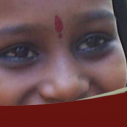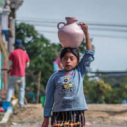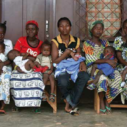
Search
Articles

Editorial – Special Issue (June 2018)
When we started OPHI a little over ten years ago, we jotted down our ideas and expectations on a paper napkin one morning in a London bakery. Our goal was to do poverty research that shaped action –with committed and diverse team, working alongside those with different powers, be they protagonists of poverty or policy actors.

The Chilean Experience: Multidimensional poverty measurement and indicators of local environment and social networks
Having a multidimensional poverty measure, securing its continuity over time, and promoting its use as a tool for assessment and public policy design is fundamental for countries such as Chile, where we have opted for sustainable growth based on the principles of justice and equity.

Editorial – Dimensiones 4
The latest global Multidimensional Poverty Index (MPI) update, which analysed 103 countries, reveals a shocking fact: half of the people living in multidimensional poverty are children. By disaggregating information by age, the MPI demonstrates that life for young people is extremely fragile.

What Does the Global MPI Tell Us?
The new Global Multidimensional Poverty Index (MPI) Report 2017 was released on June 1st at a special event at the University of Oxford’s Department of International Development to mark the 10th anniversary of the Oxford Poverty & Human Development Initiative (OPHI). It also included the first ever child poverty disaggregation for every country, which found that half of multidimensionally poor people across 103 countries were children.

Using the MPI to Determine National Budgets in Costa Rica
Costa Rica’s Multidimensional Poverty Index was created in 2015 through a partnership between the public and private sectors, along with OPHI, as a complement to income-based poverty measurement. Two years later, the index is being used as the main criterion for budget allocation in public institutions responsible for social programmes.












